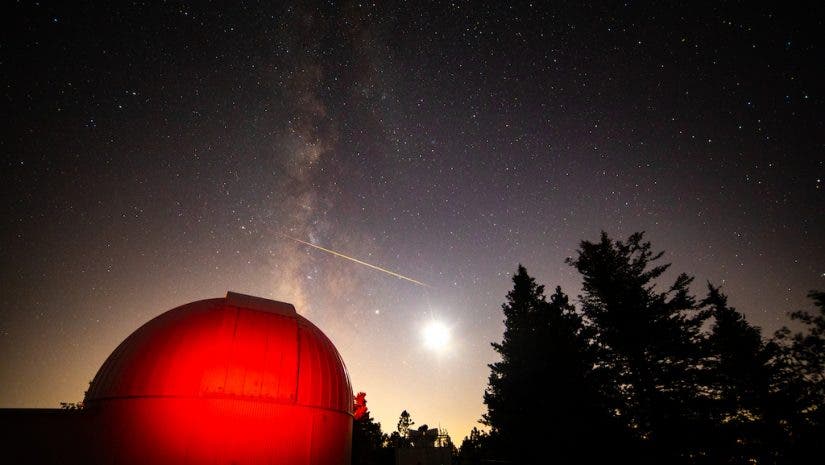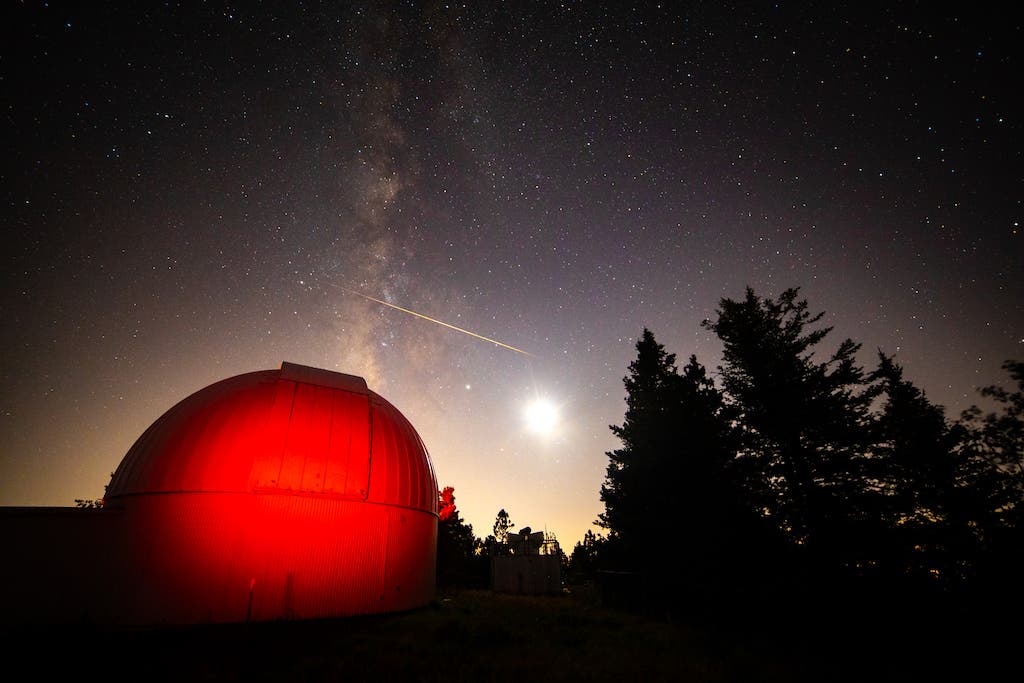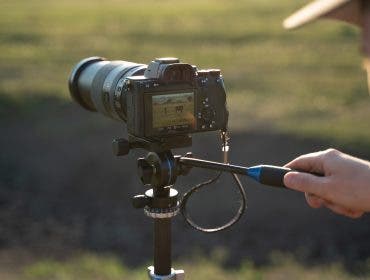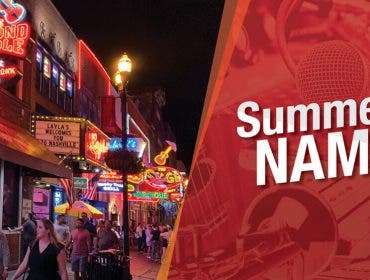The astrophotography world is buzzing with anticipation as summer’s Perseid meteor shower approaches, reaching its peak the morning of August 12, 2021. This dazzling natural event — a spectacle of soaring fireballs dancing through the sky — isn’t just one of the best astrophotography experiences. It’s also one of the most accessible. The Perseids are visible throughout the U.S., even in cities that struggle with light pollution (although, as always, the darker the sky, the more brilliant the show).
To help you capture the best Perseid meteor shower photos this year, we sat down with well-known astrophotographer Bettymaya Foott, founder of the female stargazing community, @womeninastro. She shared her best tips and tricks for perfecting those Perseids shots. But, first things first:
What is the Perseid meteor shower?
Meteor showers take place when Earth travels through the trail of a comet’s debris. For the Perseids, these fireballs stem from the 109P/Swift-Tuttle comet. With 50 to 100 meteors per hour, the Perseids is among the most abundant meteor shows. That’s one of the many reasons Foott raves about this astro phenomenon.
“It’s a beautiful event because — even walking up to your location — you don’t think you’re going to see so many shooting stars but you see them instantly throughout the night sky,” Foott said. “With all the shooting stars getting brighter as the moon sets, it’s just kind of magical.”
Here are Foott’s top six tips for capturing this dazzling meteor display.
How to photograph the Perseid meteor shower
Find a dark place
While the Perseids are so vibrant that even city dwellers can see them, Foott recommends a locale with low light pollution to soak up the shower’s majesty.
“Consult a light pollution map and find one of the darkest places near you. You’ll be able to see so many more of those fainter shooting stars in a dark-sky location,” she said, noting that her employer, the International Dark Sky Association, also has a handy dark-sky places map to consult.
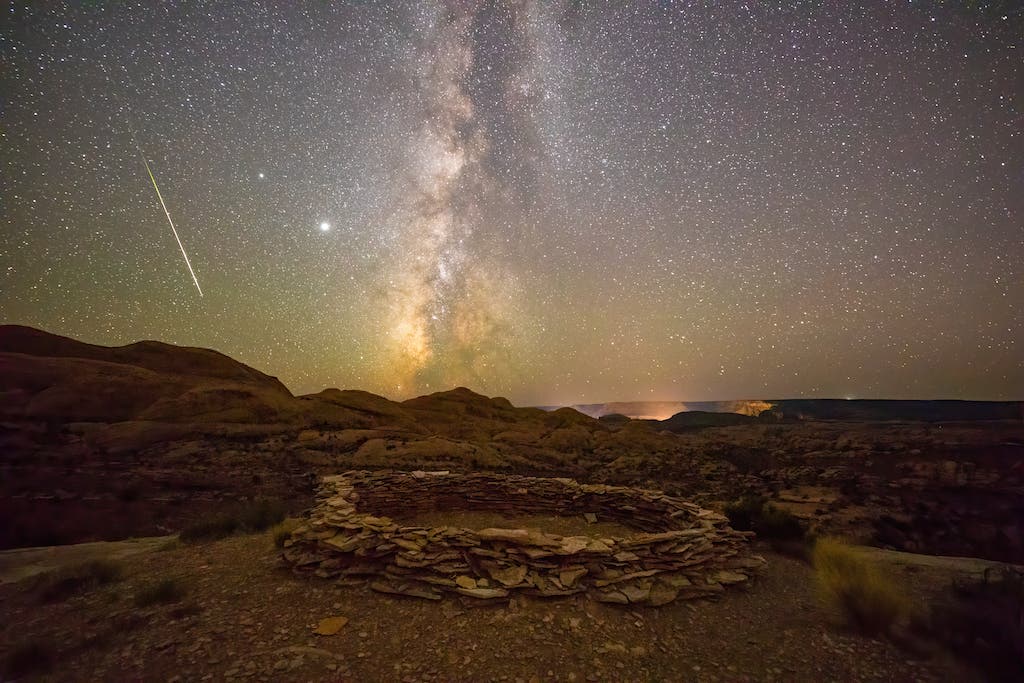
Gather the right astrophotography gear
The best camera is the camera you have, but when it comes to photographing the Perseids, it does help to have a few specific items. Foott uses gear like the Canon 6D and Canon 5D Mark IV, as well as lenses like the Rokinon 24mm f/1.5 and the Sigma 50mm f/1.4, not to mention tripods and intervalometers.
“I’ve found 14 or 24mm lenses are good and a 24mm focal length is great, but I always try to set up two cameras so I’m not compromising,” she said. “An intervalometer is key for timelapse, and I set it up with the shortest possible interval because I want to make sure I’m getting the most amount of time exposed in order to catch those meteors.”
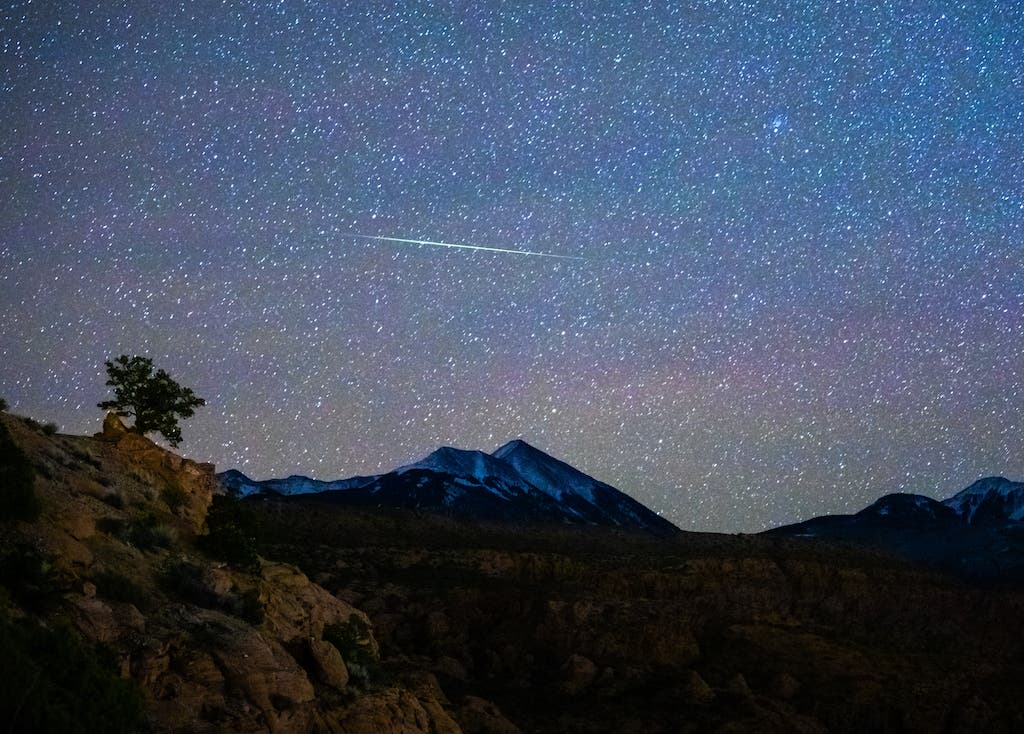
Know your astro settings
Speaking of exposure, it’s important to study your astrophotography settings well before getting out to photograph the Perseids meteor shower.
“I’ll shoot anywhere from 20 to 30 seconds of exposure,” Foott said. “And for ISO, I’m around 2,000 to 6,400 depending on the aperture, which I try to keep as wide as possible, but maybe stopped down one or two to reduce any coma.”
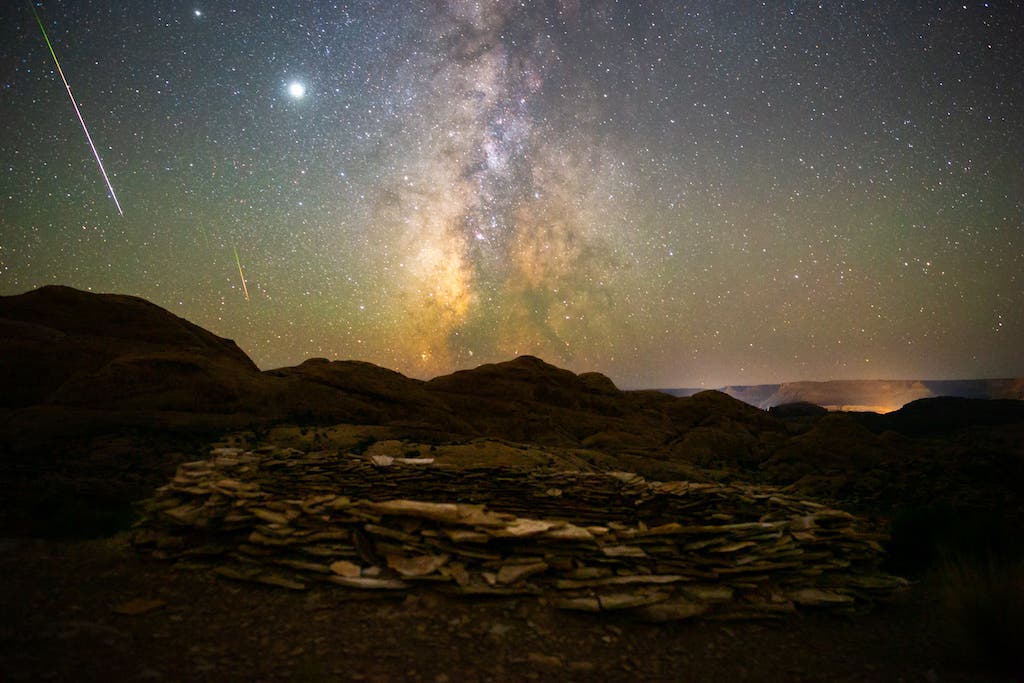
Preparation for Perseids photography is critical
Photographing the Perseids requires so much more than showing up to a gorgeous landscape and figuring it out on the fly.
“My number one tip is to scout during the day because in the dark, with the tunnel vision of your headlamp, it’s tough. The day when you have your full peripheral vision is so much better,” she said. Beyond scouting, don’t forget your safety gear. “Don’t bring just one headlamp. Bring two in case one burns out. Tell someone where you’re going and when you expect to be back. Also, have a paper map in case your phone dies.” Don’t forget tools like bear spray if you’re in a wildlife-abundant area, too.
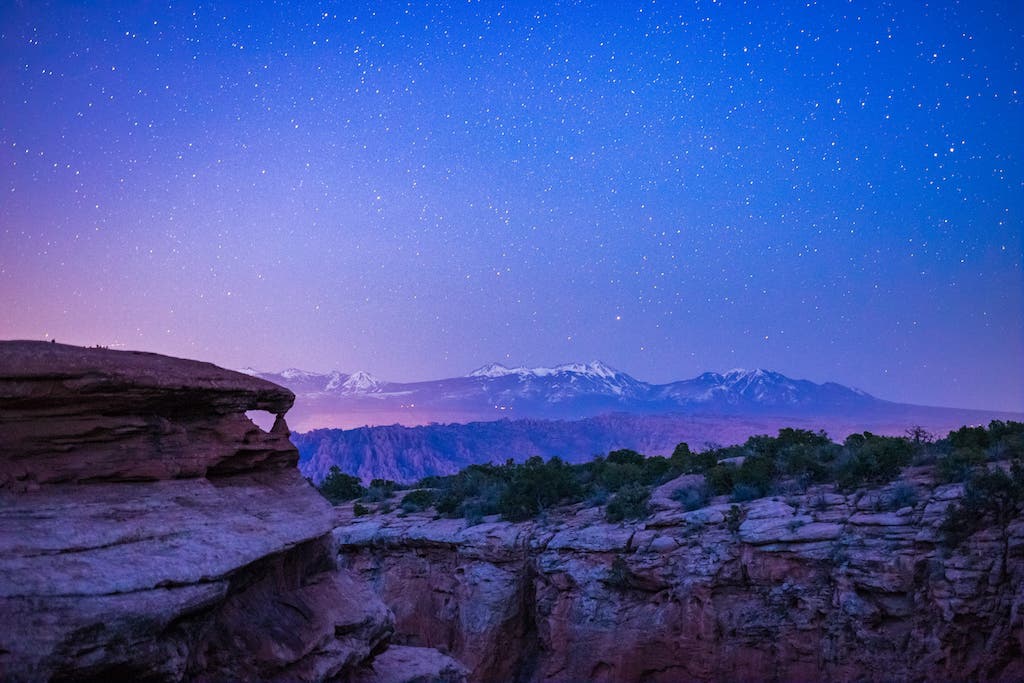
Download astro apps
Apps for astrophotography abound but Foott recommends Stellarium, a free app for desktops. “It will show you the night sky, any day of the year, for the entirety of history,” Foott said. “You can look up when you want to go out, put the day and time you’re thinking, and toggle through to see where things like the Milky Way will be on the horizon.”
Foott also swears by her go-to, SkySafari Pro for planning; PhotoPills is another helpful tool many astrophotographers rely on, too.
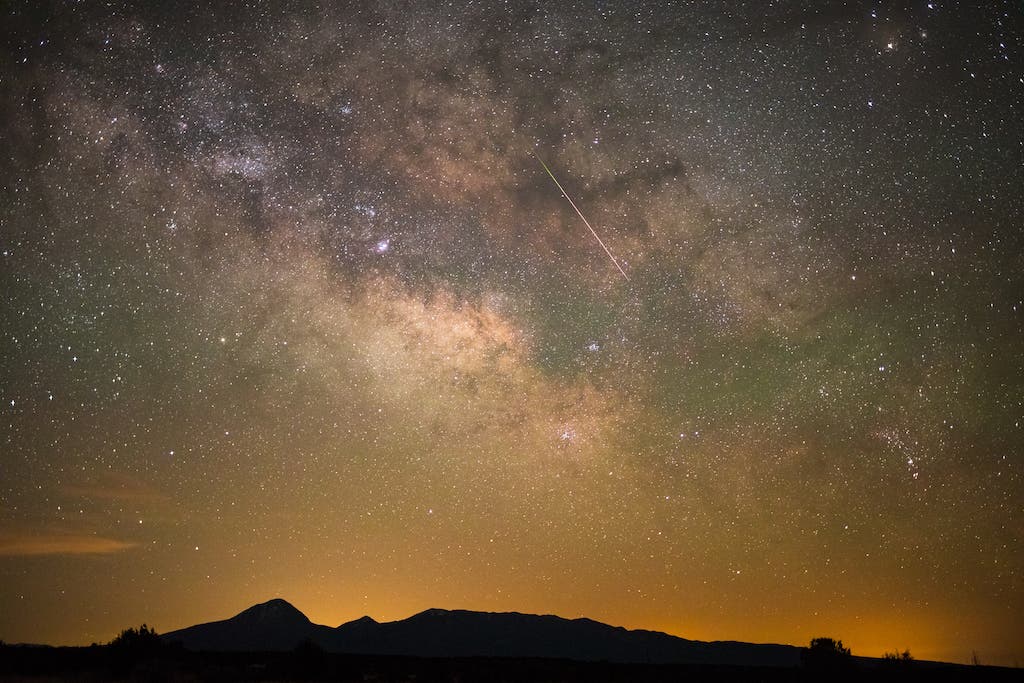
Set the timelapse, then stargaze
Timelapse photography gives creators the best shot at capturing those big, bright fireballs, Foott said. It’s also an ideal way to “set it and forget it,” ensuring you don’t just photograph the Perseid meteor shower but actually see it with your own two eyes.
“I love setting up my timelapse and sitting back to enjoy it,” Foott said. “You’re in it, totally in it, and you’re still being productive getting those great photos.”
To learn more astrophotography tips—or learn more about the @womeninastro intiative—follow Bettymaya Foott on Instagram at @bettymaya.foot.
